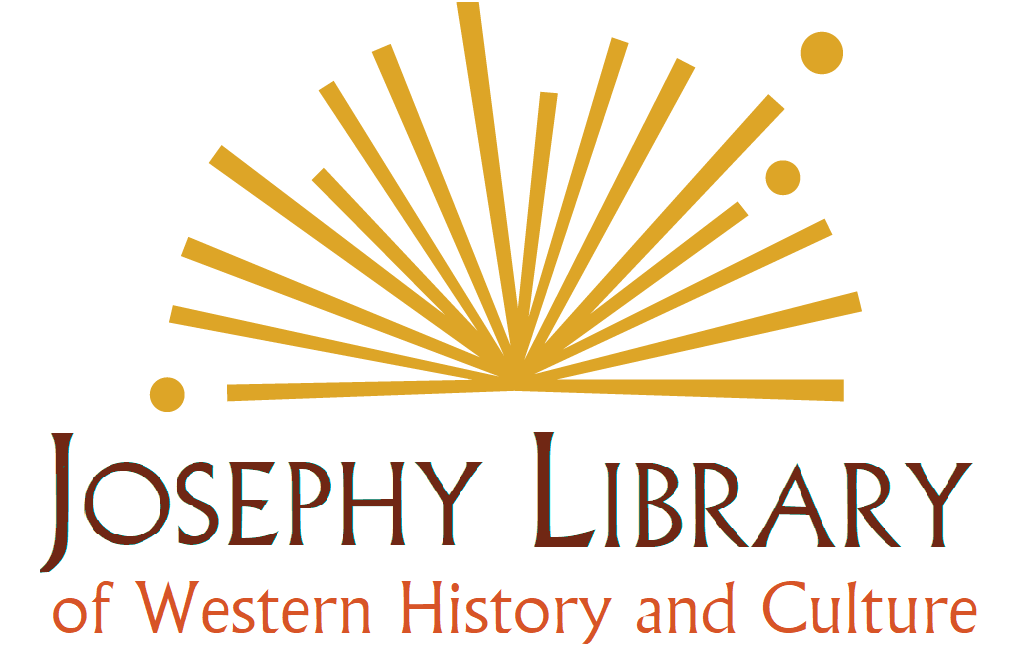The northern Europeans, coming out of the little ice age, started to get well on American potatoes, and the ones who made it to “New England” shores, still often scrawny and unfit, found corn and squash and beans and big strong looking Indians—the Indians who had escaped the diseases which had decimated the coast before the arrival of actual settlers.
 A few of these strong good looking Indians were brought back to Europe, and they and stories of the Iroquois Confederation –the “civilized tribes”—reached philosopher Jean Jacques Rousseau and others to fuel a vision of “noble savages” and feed the Enlightenment. (see John White painting circa 1590 at left).
A few of these strong good looking Indians were brought back to Europe, and they and stories of the Iroquois Confederation –the “civilized tribes”—reached philosopher Jean Jacques Rousseau and others to fuel a vision of “noble savages” and feed the Enlightenment. (see John White painting circa 1590 at left).Alvin J said many times in many ways that, from the beginning, white relationships with Indians took three basic roads—all evident in my sketchy history above: 1. Indians should be killed and their lands and resources taken over by superior Europeans; 2. Indians should be converted and assimilated, should be made white. Most who espoused this view were good people who saw Indians as children in need of white parenting, and believed they could catch up with whites if properly cared for.
 I think this vision is buried somehow in the collective American genome. In this view, we conquered the Indians and their lands, and are now treating them well—as “equals” really. So we grant them a noble past. They were, among other things, hard adversaries, sometimes ruthless, but in any case tough. (How else could they have defeated Custer!) We don’t want to recount the actual relationships of Indians and whites in our textbooks—scholars and amateur historians can play in that field—but we can still name things after Indian heroes and put statues of them in public places. (Indian writer James Welch told me that the Battle at the Little Big Horn is one of the top two or three American historical subjects in books and films; following the history of these histories is another way of tracking Indian-white relations.) The “Trail of Tears” is a phrase that has entered the vocabulary, though I doubt very many of us can trace its actual history. Indians are still mostly absent from our history textbooks. And the fact that Indians and tribes are still with us and are doing things other than casinos—things like restoring lands and fish and game populations, fighting diabetes and poverty, trying to integrate old ways and new ways—is not part of the current American conversation.
I think this vision is buried somehow in the collective American genome. In this view, we conquered the Indians and their lands, and are now treating them well—as “equals” really. So we grant them a noble past. They were, among other things, hard adversaries, sometimes ruthless, but in any case tough. (How else could they have defeated Custer!) We don’t want to recount the actual relationships of Indians and whites in our textbooks—scholars and amateur historians can play in that field—but we can still name things after Indian heroes and put statues of them in public places. (Indian writer James Welch told me that the Battle at the Little Big Horn is one of the top two or three American historical subjects in books and films; following the history of these histories is another way of tracking Indian-white relations.) The “Trail of Tears” is a phrase that has entered the vocabulary, though I doubt very many of us can trace its actual history. Indians are still mostly absent from our history textbooks. And the fact that Indians and tribes are still with us and are doing things other than casinos—things like restoring lands and fish and game populations, fighting diabetes and poverty, trying to integrate old ways and new ways—is not part of the current American conversation.
# # #
